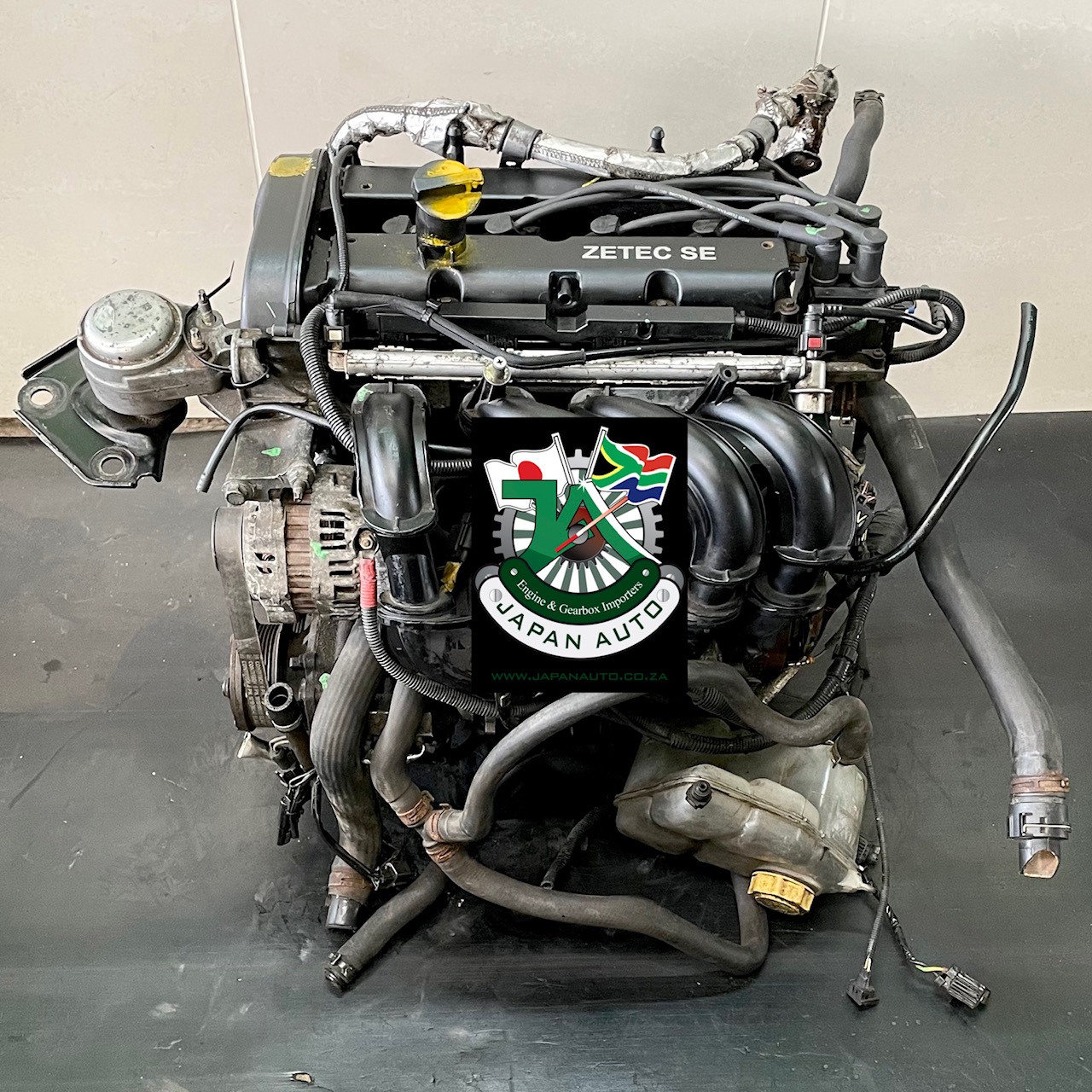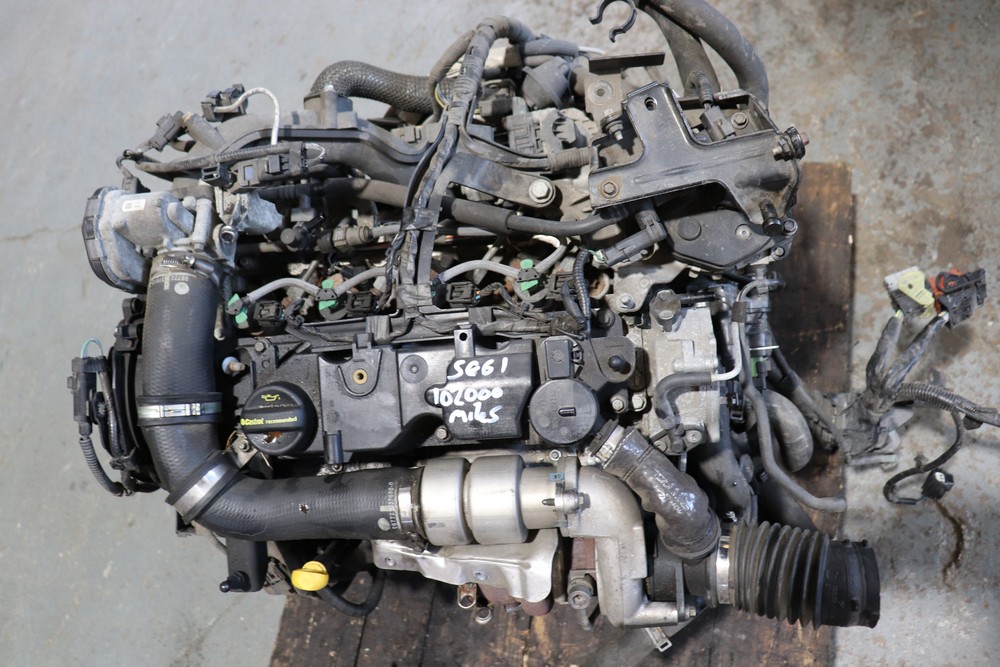Exploring the Advancement of Engines: From Timeless Designs to Modern Marvels
The development of engine modern technology represents a significant narrative in the history of advancement, marked by critical advancements that have actually consistently redefined transport and market. From the initial vapor engines that powered the Industrial Transformation to the emergence of interior burning engines that transformed flexibility, each phase has added to better efficiency and capacity. Presently, the shift to electric power indicates not only a technological change however additionally a broader commitment to environmental sustainability. As we analyze these milestones, one must take into consideration exactly how the future of engine layout may unfold, challenging our assumptions of power and efficiency.
The Birth of Engine Innovation
The development of engine modern technology marked a pivotal moment in human advancement, transforming power conversion and transport. The earliest engines arised from the requirement to harness mechanical power for practical usage, leading to the development of gadgets that transformed numerous energy types into activity (ford fiesta engine).
The development of the internal burning engine and the development of the steam engine militarized a profound shift in commercial capabilities. These engines not only boosted efficiency but additionally broadened the scope of human mobility, making it possible for unprecedented transport possibilities. The very early models laid the groundwork for the mechanical globe, helping with the surge of markets and reshaping social structures.
As engine designs developed, they included ingenious materials and progressed design concepts, leading the way for modern-day developments - ford fiesta engine. The birth of engine innovation sparked an unrelenting search of efficiency and power, establishing the phase for the dynamic evolution of transport and commercial equipment that would certainly follow
Vapor Engines and Their Influence

The heavy steam engine's impact was specifically evident in the transport sector (ford fiesta engine). Steam-powered engines facilitated the quick movement of items and people throughout huge ranges, efficiently reducing the geographical obstacles that had actually formerly hindered profession and interaction. Steamships reinvented maritime travel, permitting for quicker and more dependable crossings of oceans and rivers.
In market, vapor engines powered factories, enabling automation and the increase of urban centers as centers of economic activity. This shift not just modified labor dynamics yet additionally contributed to the introduction of a consumer-driven culture. Vapor technology fostered innovations in engineering and manufacturing processes, laying the groundwork for future innovations in engine style. The legacy of heavy steam engines is extensive, mirroring a zero hour in human ingenuity and the relentless pursuit of progress.
The Surge of Internal Burning
Often overshadowing steam power, the increase of inner burning engines noted a transformative change in transportation and market during the late 19th and early 20th centuries. The development of these engines, identified by their capacity to melt gas within the engine itself, allowed better performance and power contrasted more information to conventional heavy steam engines. Introducing inventors such as Nikolaus Otto and Rudolf Diesel played critical functions in refining engine designs, causing widespread adoption in automobiles, boats, and commercial equipment.
The interior burning engine's portable dimension and reasonably lightweight nature promoted the introduction of individual lorries, revolutionizing individual movement and improving urban landscapes. By allowing faster traveling and the effective transportation of goods, these engines militarized economic growth and promoted globalization. The versatility of gas options, including gasoline and diesel, better enhanced their charm, allowing for diverse applications throughout various fields.
Despite the ecological worries that would certainly later arise, the preliminary appeal of internal combustion innovation stocked its transformative capacity. As society embraced this development, the foundation was laid for modern-day transport systems, developing inner combustion engines as a keystone of industrial advancement and every day life throughout the 20th century.
Improvements in Engine Effectiveness
As inner burning engines came to be indispensable to transportation and sector, the focus shifted towards boosting their efficiency to meet expanding demands for performance and sustainability. Advancements in engine layout, material science, and modern technology have actually substantially contributed to this evolution.
One significant development is the growth of turbocharging, which enables for raised air intake, resulting in more complete gas burning and improved power output without expanding engine dimension. In addition, variable valve timing systems have been implemented to enhance engine performance across numerous RPM ranges, consequently boosting gas efficiency.
The utilization of sophisticated gas shot modern technologies, such as direct shot, has actually also played a crucial duty. This approach permits even more exact control over the fuel-air mixture, advertising better burning and decreasing emissions. Lightweight products, consisting of light weight aluminum and composite elements, have actually been adopted to minimize overall engine weight, leading to boosted performance.
These developments reflect a broader fad within the automotive market, where the synergy in between engineering advancement and environmental factors to consider drives the continuous mission for higher efficiency in inner burning engines. Therefore, modern-day engines are now extra effective, cleaner, and reliable than ever, leading the way for an extra sustainable future in transport.
The Shift to Electric Power
With expanding issues over environmental influence and fossil fuel dependence, the vehicle market is experiencing a substantial change towards electrical power. This transition is driven by a combination of technical developments, regulative pressures, and transforming customer preferences. Electric lorries (EVs) provide a compelling option to traditional interior burning engines, boasting minimized greenhouse gas emissions and reduced operating prices.
The increase of battery modern technology has been a video game changer, with lithium-ion batteries ending up being more cost-efficient and reliable. Boosted power density and faster billing capabilities have actually next made EVs more useful for day-to-day usage. In addition, governments worldwide are carrying out rewards and establishing ambitious targets for eliminating fossil fuel automobiles, therefore speeding up the adoption of electrical power.
Significant car manufacturers are investing greatly in research study and growth, causing the introduction of a diverse variety of electrical versions. This includes not only auto but likewise business lorries try this site and public transport solutions. As billing infrastructure expands and battery technology remains to boost, the change to electrical power is positioned to reshape the automotive landscape, promoting sustainability and development in the years ahead. The future of transportation is electrical, and the energy is undeniable.
Verdict
The development of engine technology stands for a considerable trajectory of advancement that has actually exceptionally influenced transport and sector. From the foundational heavy steam engines to the transformative inner combustion engines, each growth has actually contributed to boosted wheelchair and economic growth.
